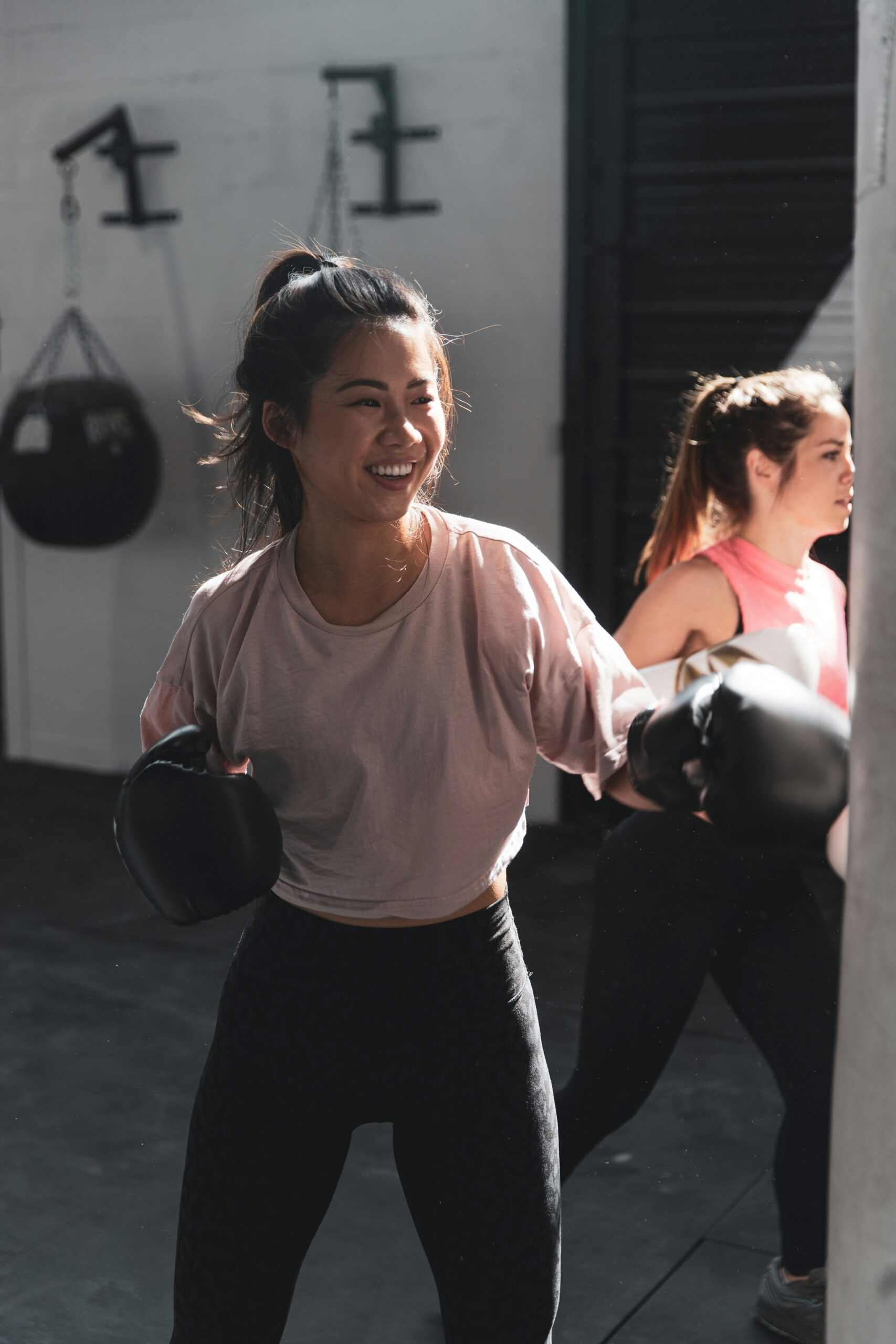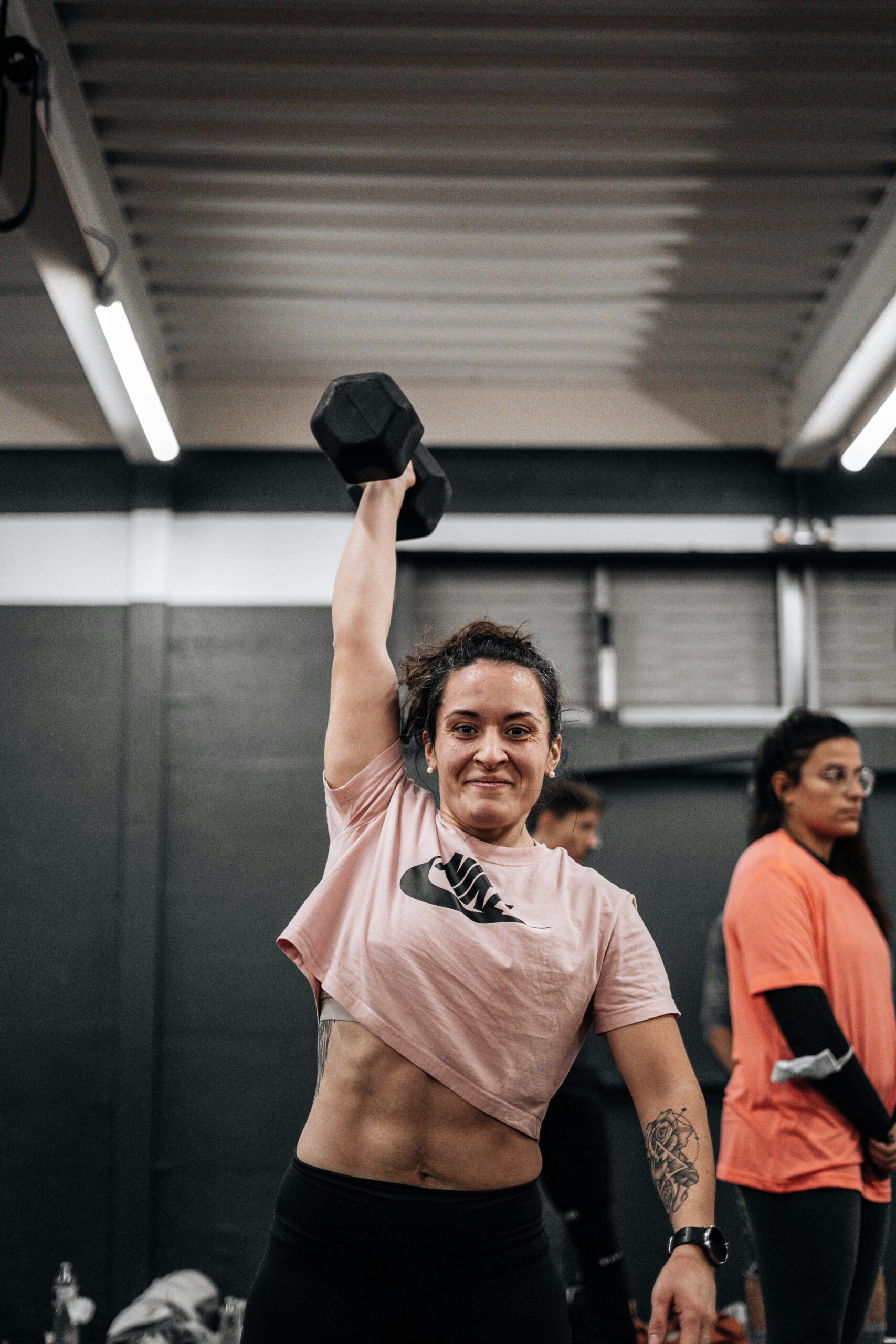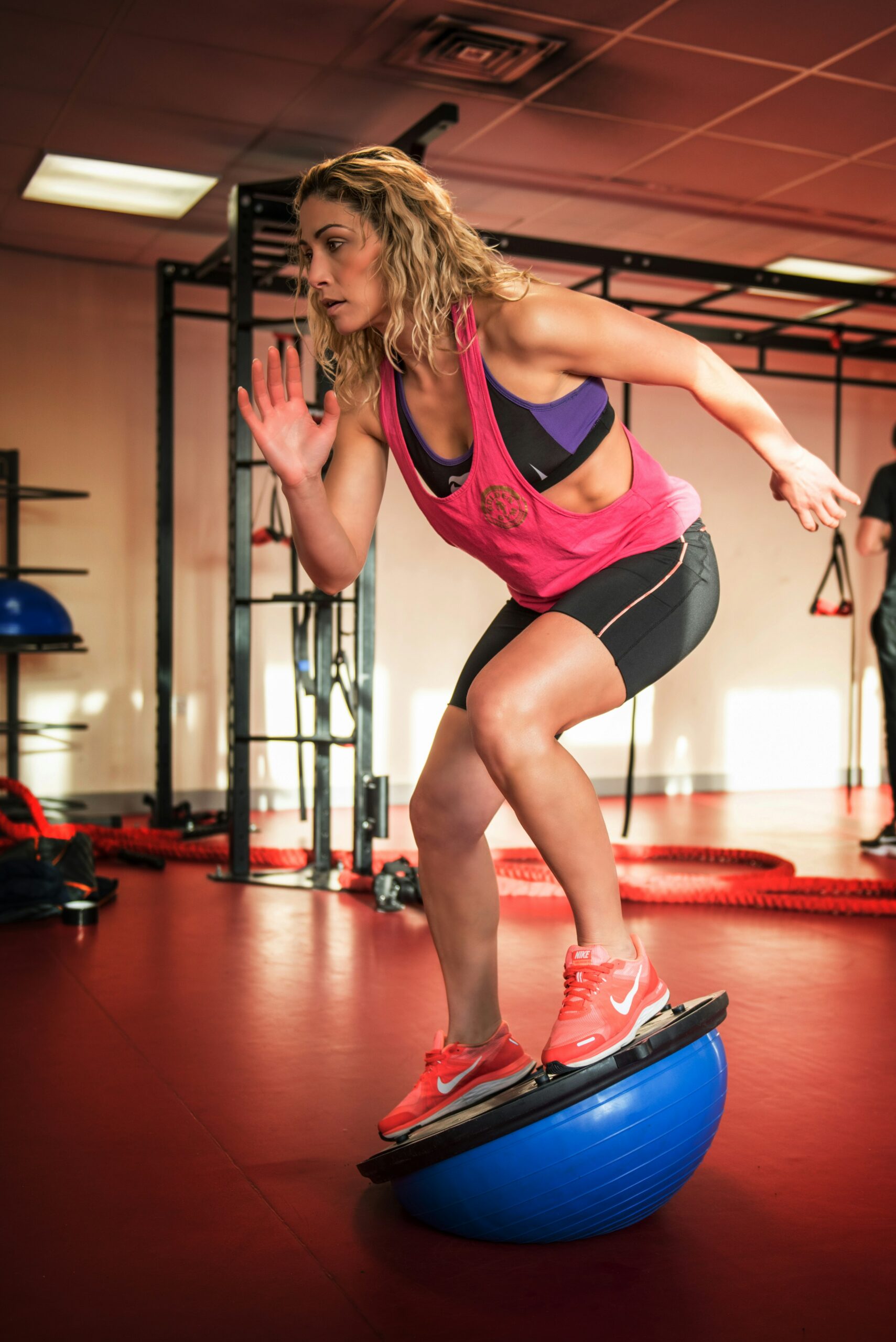Lateral Raises: Your Secret Weapon for Sculpted Shoulders
When it comes to building well-defined, strong shoulders, lateral raises are one of the most effective isolation exercises out there. They specifically target the lateral deltoid (the middle portion of your shoulder muscle), helping you achieve that wide, capped look. Whether your goal is strength, aesthetics, or improved shoulder mobility, lateral raises should be a staple in your upper body workout.
Let’s dive into why lateral raises are so effective, how to perform them with perfect form, and explore variations to keep your shoulder workouts challenging and fun.
Why Lateral Raises?
Lateral raises are an isolation exercise, meaning they focus on one primary muscle group—the lateral deltoids. While compound movements like the overhead press target multiple muscles, lateral raises hone in on the middle of the shoulders, helping you build that broader, V-shaped upper body.
Strong lateral delts not only contribute to a more balanced and muscular physique, but they also improve shoulder stability and overall upper body strength. Plus, because lateral raises are an isolation movement, they’re easier on the joints compared to heavier compound exercises, making them a great option for targeting the shoulders without putting undue stress on your body.
Mastering Lateral Raise Form
Proper form is essential for getting the most out of lateral raises and avoiding shoulder strain or injury. Here’s how to execute them correctly:
- Choose the right weight: Since lateral raises are an isolation exercise, you don’t need heavy weights to see results. Start with light to moderate dumbbells (or resistance bands) that you can control for the full range of motion without compromising your form.
- Set your stance: Stand tall with your feet hip-width apart. Hold a dumbbell in each hand at your sides, with your palms facing inward (neutral grip). Your arms should be slightly bent at the elbows, and your shoulders should be relaxed but engaged.
- Lift with control: Raise both dumbbells outward to the sides in a controlled motion, keeping your elbows slightly bent. Lift the weights until your arms are parallel to the floor or slightly below shoulder level—don’t go higher than this, as it can put unnecessary strain on your shoulders.
- Engage your core: Keep your core tight and your torso still throughout the movement. Avoid leaning or swinging your body to lift the weights. All the work should come from your shoulders, not momentum.
- Lower with control: Slowly lower the dumbbells back to the starting position. Resist the temptation to let gravity take over. Controlled lowering is just as important as the lift for muscle engagement.
- Maintain proper shoulder position: Throughout the exercise, make sure your shoulders are not hunched up towards your ears. Focus on keeping them down and away from your ears to avoid tension in your neck.
- Breathing: Inhale as you lower the weights and exhale as you lift them. A steady breathing pattern helps you maintain focus and control.
Common Mistakes to Avoid
Lateral raises may seem straightforward, but there are several common mistakes that can reduce their effectiveness or even lead to injury:
- Using too much weight: Going too heavy often leads to improper form, such as using momentum to swing the weights up. Start with lighter dumbbells and focus on feeling the muscle work.
- Lifting the weights too high: Lifting the dumbbells higher than shoulder height can cause unnecessary stress on your shoulder joints. Aim to stop at or just below shoulder level to maintain proper tension on the deltoids.
- Shrugging your shoulders: This is a common mistake that puts tension on your traps instead of your deltoids. Focus on keeping your shoulders down and using your arms and shoulders to lift the weights, not your traps.
- Leaning back or forward: Keep your torso still throughout the movement. Leaning or swaying your body cheats the movement and reduces the activation of the lateral deltoids.
- Rushing through reps: Lateral raises are most effective when performed slowly and with control. Don’t rush through the movement—take your time to feel the burn in your shoulders.
Benefits of Lateral Raises
Lateral raises offer a wide range of benefits, making them a go-to exercise for anyone looking to build stronger, more defined shoulders:
- Targeted shoulder development: Lateral raises isolate the lateral deltoid, helping you build that broad, capped shoulder look that enhances your overall physique.
- Improved shoulder stability: Strengthening the lateral deltoids can improve shoulder stability, which is crucial for performing other upper body exercises, like bench presses, overhead presses, and pull-ups, with better form and less risk of injury.
- Minimal joint stress: Because lateral raises don’t require heavy weights, they’re easier on your shoulder joints compared to heavy pressing movements. This makes them a great option for people recovering from shoulder injuries or those with sensitive joints.
- Aesthetic benefits: By building wider shoulders, lateral raises contribute to the illusion of a smaller waist, giving your upper body that desired V-taper look.
Lateral Raise Variations
Once you’ve mastered the basic lateral raise, adding variations can keep your shoulder workouts interesting and challenge your muscles in new ways:
- Seated Lateral Raise: Sit on a bench with your back supported to eliminate any chance of using momentum. This forces your shoulders to do all the work and helps isolate the lateral delts more effectively.
- Single-Arm Lateral Raise: Perform the lateral raise with one arm at a time. This variation helps improve muscle imbalances between your shoulders and engages your core more as you stabilize your body during the lift.
- Cable Lateral Raise: Using a cable machine for lateral raises provides constant tension on the deltoids throughout the entire range of motion, offering a different challenge compared to dumbbells.
- Incline Lateral Raise: Lie face down on an incline bench and perform lateral raises. This position reduces the involvement of the traps and forces your delts to work harder throughout the movement.
- Leaning Lateral Raise: Hold onto a stable object with one hand and lean slightly away from it. Perform lateral raises with your other hand. This variation increases the range of motion and places more tension on the lateral deltoid, providing an extra challenge.
Integrating Lateral Raises Into Your Routine
Lateral raises are best incorporated into your upper body or shoulder workouts. Depending on your goals, you can adjust the sets and reps as follows:
- For muscle growth: Perform 3-4 sets of 10-15 reps with moderate weight. Focus on slow, controlled movements and a full range of motion to maximize hypertrophy.
- For strength: If you’re looking to increase shoulder strength, opt for 3-4 sets of 6-8 reps with slightly heavier weights, but make sure you don’t compromise your form.
- For endurance: Use lighter weights and perform 2-3 sets of 15-20 reps. This helps build muscular endurance and improves definition in the shoulders.
Lateral raises are also a great exercise to pair with compound movements, such as shoulder presses or push-ups, for a complete shoulder workout. For example, you can alternate between sets of overhead presses and lateral raises to target all parts of the shoulder for balanced development.
Wrapping It Up
Lateral raises are an essential exercise for anyone looking to build stronger, more defined shoulders. By isolating the lateral delts, they help you achieve that broader, V-shaped upper body while also improving shoulder stability and strength. With proper form, controlled movements, and consistent practice, you’ll notice a big difference in the shape and size of your shoulders.
So, grab those dumbbells, focus on form, and start incorporating lateral raises into your routine for shoulders that truly stand out!





